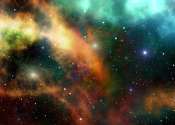Measuring stellar oscillations with Kepler
The Kepler satellite is famous for its discovery of thousands of exoplanets by continuously and meticulously measuring the brightnesses of over half-a-million stars for the signatures of transiting exoplanets. Less well known ...









